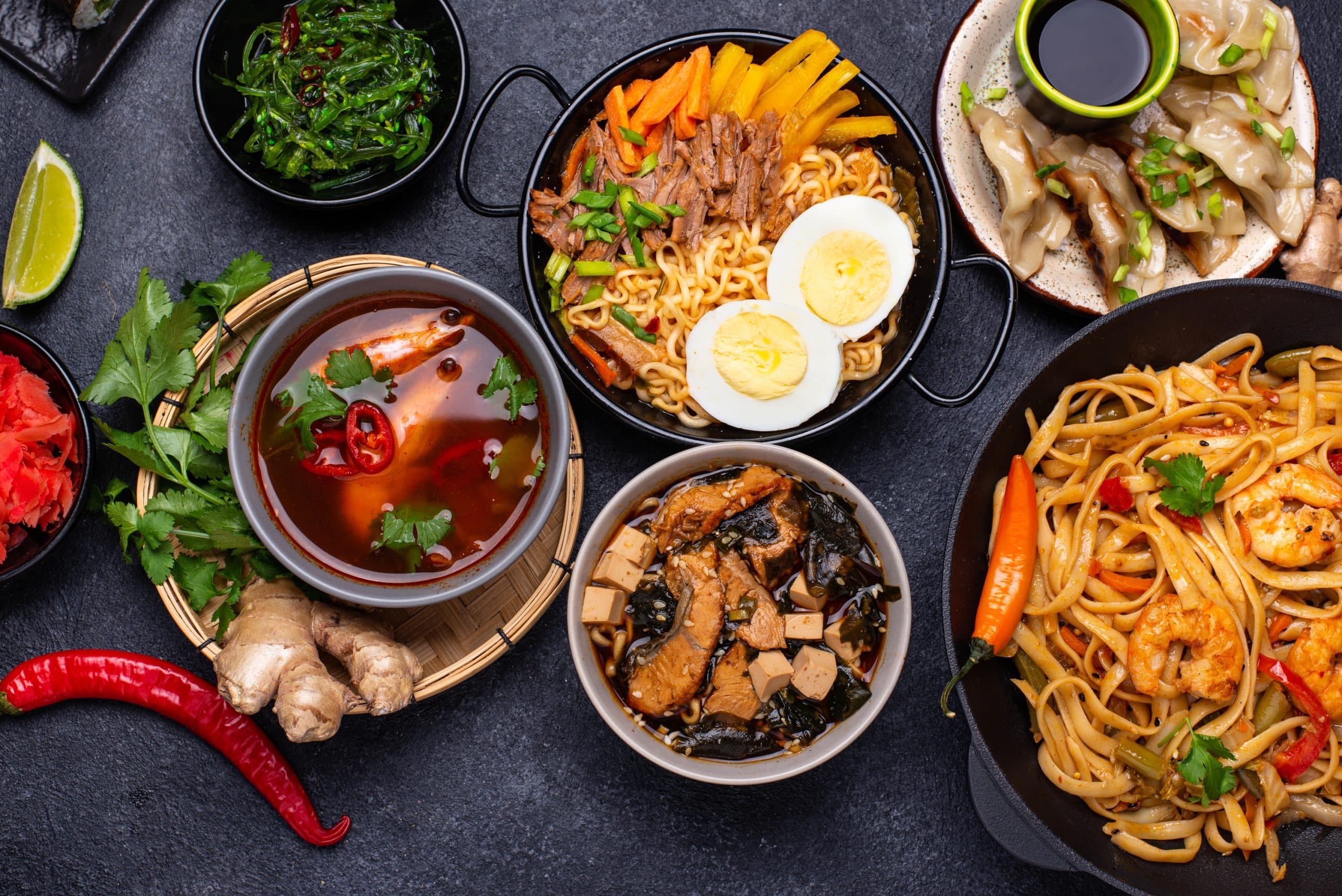The Cornish pasty, a delicacy that has stood the test of time in the heart of English cuisine. It’s a savoury pocket of goodness, with a rich, flaky pastry crust encasing a hearty filling of beef, potatoes, and vegetables. In this article, we will guide you through the process of preparing this traditional English dish. We will also share with you the secrets to achieving a perfect pastry crust, so you can impress your friends and family with your culinary skills.
Decoding the History of the Cornish Pasty
Before we dive into the recipe, let’s take a moment to understand the origins of the Cornish pasty. Rooted in England’s southwestern county of Cornwall, the Cornish pasty was a practical solution for miners who needed a filling, easy-to-carry, and non-perishable lunch. The thick crust of the pasty served as a handle, allowing miners with dirty hands to enjoy their meal without contaminating their food. The pastry was usually discarded after the meal, supposedly to appease the spirits of the mines. This working-class meal has since evolved into a gourmet favourite worldwide.
In the same genre : How to Achieve a Crispy and Tender Korean Fried Chicken with Gochujang Glaze?
Ingredients You Will Need
To prepare Cornish pasties, you will need a range of simple, yet hearty ingredients. For the pastry, you will need plain flour, butter, salt and water. As for the filling, the traditional recipe calls for beef skirt, potatoes, swede, onion, salt and pepper. You will also need an egg for glazing the pasties before they go into the oven.
Preparing the Pasty Dough
The magic of the Cornish pasty lies in its pastry crust. The dough is easy to prepare but requires careful handling to ensure it remains flaky and tender. Start by cutting the butter into small cubes. Then, in a large bowl, combine the flour and salt. Add the butter and rub it into the flour using your fingers until the mixture resembles coarse breadcrumbs. Gradually add cold water, mixing until the dough comes together. Be careful not to overwork the dough as this will develop the gluten and make the pastry tough. Once prepared, let the dough rest in the fridge for about 30 minutes.
Also to read : What’s the Secret to Making a Delicate and Flavorful French Onion Tart?
Assembling the Pasties
When your dough is rested, it’s time to assemble the pasties. Begin by rolling out the dough on a lightly floured surface until it’s about 5mm thick. Cut out circles using a small plate as a guide. The size of your pasties is entirely up to you, but traditionally, they should be large enough to make a complete meal.
To build the filling, combine the beef, potatoes, swede, onion, salt and pepper in a bowl. Place a generous spoonful of the filling on one half of each dough circle, taking care not to overfill. Fold the dough over the filling to form a semi-circle and crimp the edges to seal it. The crimping technique can take some practice, but it gives the pasties their iconic look and keeps the filling from spilling out during baking.
Baking the Pasties
Before the pasties hit the oven, glaze them with a beaten egg. This will give them a golden, glossy finish. Bake the pasties in a preheated oven at 200°C (392°F) for about 45 minutes or until the pasties are golden brown and the beef filling is cooked through.
The Cornish pasty is as versatile as it is delicious, and you can adapt the recipe to suit your tastes. Vegetarian options can include a filling of cheese, potatoes and onions, or a mix of seasonal vegetables. For a sweet twist, you can fill the pasty with apples, sultanas, sugar and cinnamon for a delightful dessert.
Remember, the key to a great Cornish pasty lies in its pastry – flaky, tender and golden. So, follow this recipe, respect the ingredients and the process, and you will surely master the art of making traditional English Cornish pasties. Enjoy your baking journey!
Serving and Storing Cornish Pasties
Once you’ve successfully baked your traditional Cornish pasties, you’ll want to savor them to their fullest. Fresh out of the oven, the pasty’s golden brown, flaky crust is a sight to behold. The steamy, hearty filling of beef skirt, potatoes, swede and onions is comfort food at its finest. Serve your pasties hot with a side of gravy or a dollop of clotted cream for an authentic Cornish experience.
But what if you have leftovers? Not to worry, Cornish pasties are just as delicious the next day! Simply store them in an airtight container in the refrigerator once cooled. When you’re ready to eat, reheat them in the oven at 150°C (302°F) for around 15-20 minutes. Avoid using a microwave as it can make the pastry go soggy, and you don’t want to compromise that perfect, flaky crust.
If you want to make a larger batch to freeze for later, place the uncooked pasties on a baking sheet and freeze until hard. Then, transfer them to a freezer-safe bag or container. You can later bake these frozen pasties directly from frozen, simply adding a few extra minutes to the cooking time.
Conclusion: Mastering the Art of the Cornish Pasty
In conclusion, the Cornish pasty is a cherished part of English culinary tradition. Its rich history, combined with the simplicity of its ingredients and preparation, make it an attractive dish to experiment with in your kitchen. Whether you’re a seasoned cook or a beginner, this guide has equipped you with the knowledge to create your very own traditional Cornish pasties, complete with a flaky, golden pastry and a hearty filling.
Remember, the secret to a perfect pasty lies in the careful preparation of the pastry dough and the quality of the ingredients. Use fresh beef skirt for your filling and take your time with the shortcrust pastry. Be mindful not to overwork your dough and to give it time to rest; these simple steps will ensure your pasty is tender and flaky.
Don’t be afraid to put your own spin on this traditional dish. Whether you opt for a vegetarian version filled with cheese, potatoes and onions, or a sweet rendition with apples, sultanas, sugar and cinnamon, the possibilities are endless.
Embrace the baking journey and enjoy the satisfaction that comes from creating this iconic dish. Happy baking!






